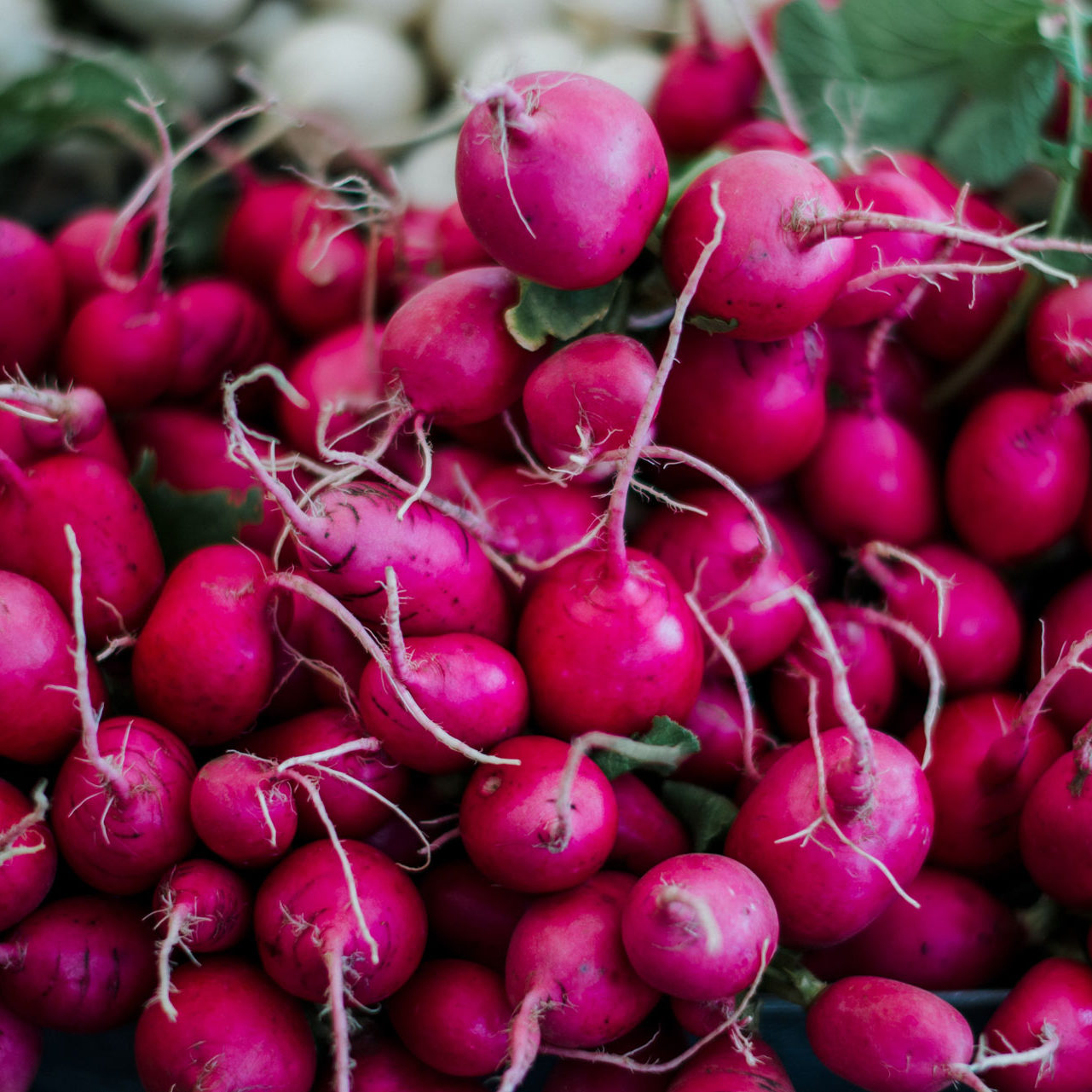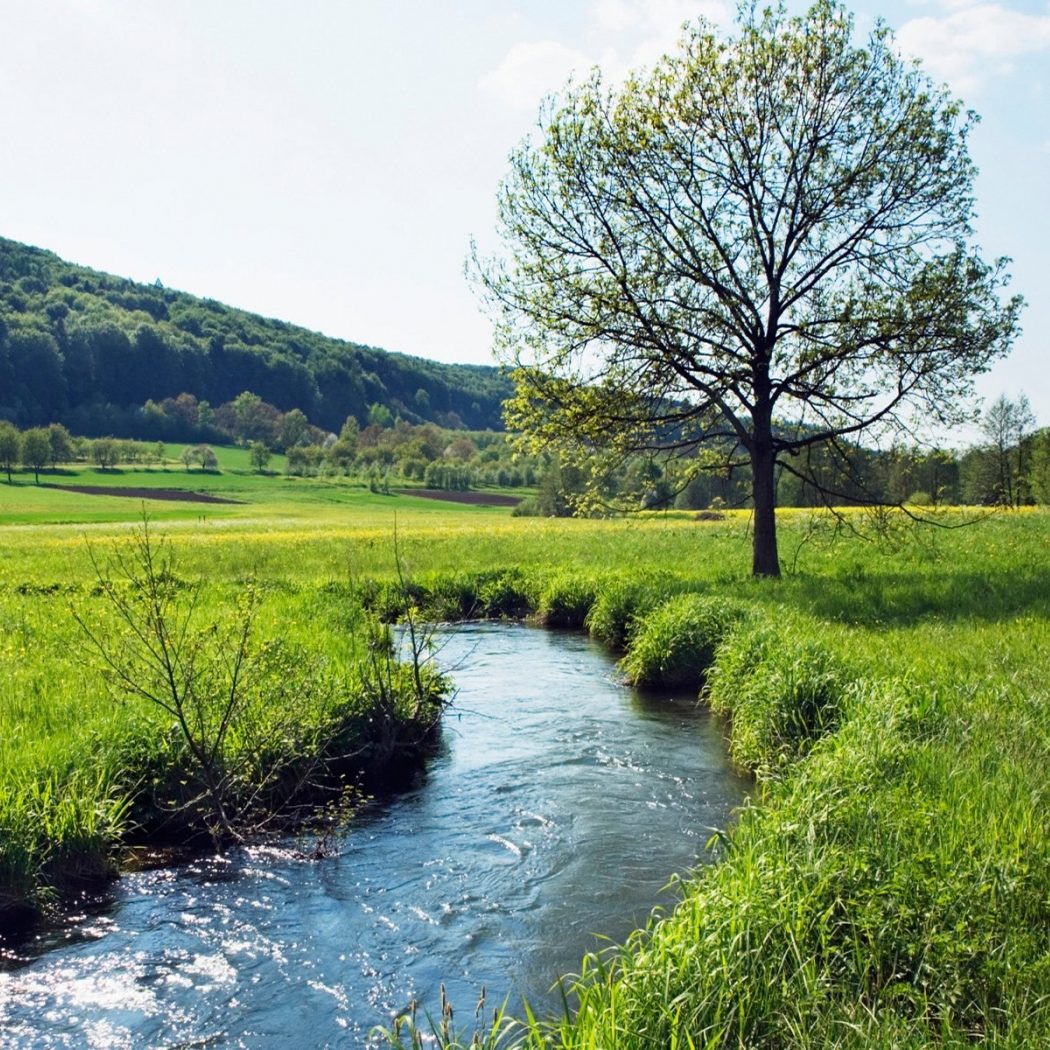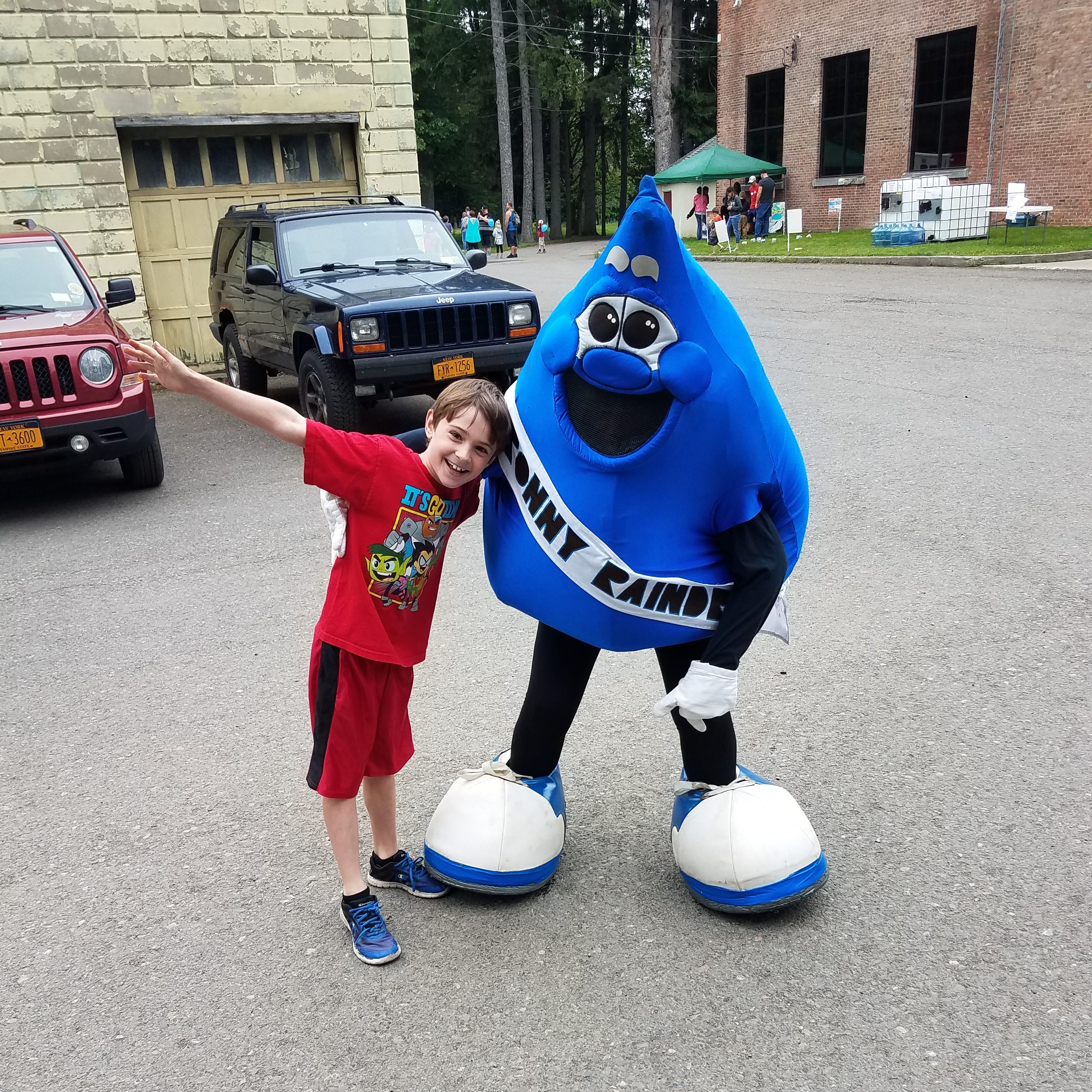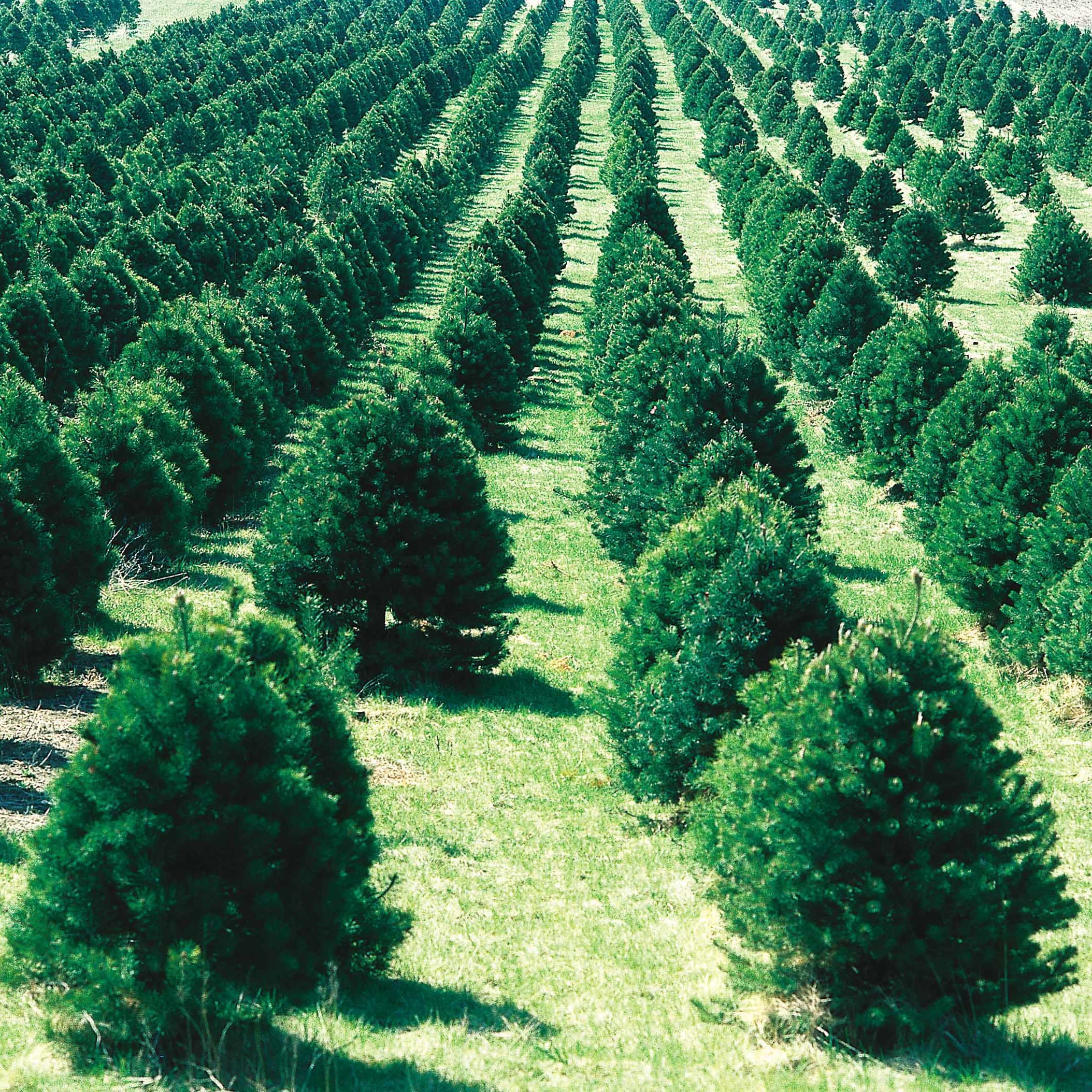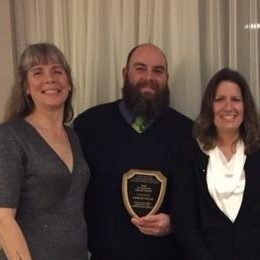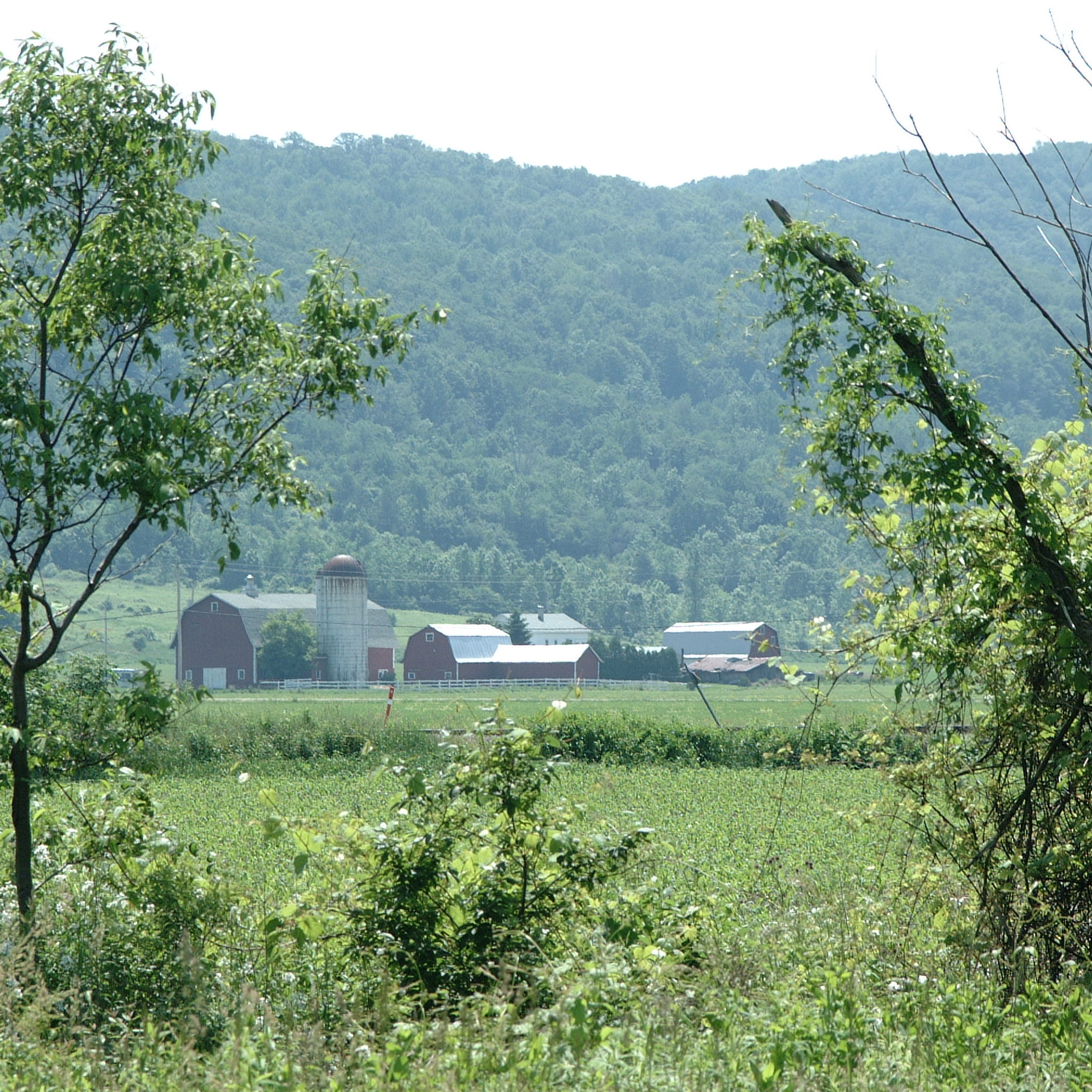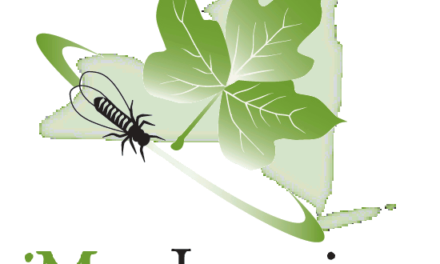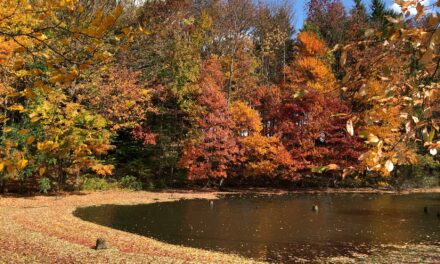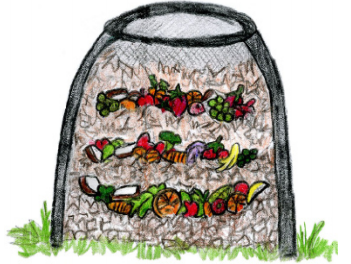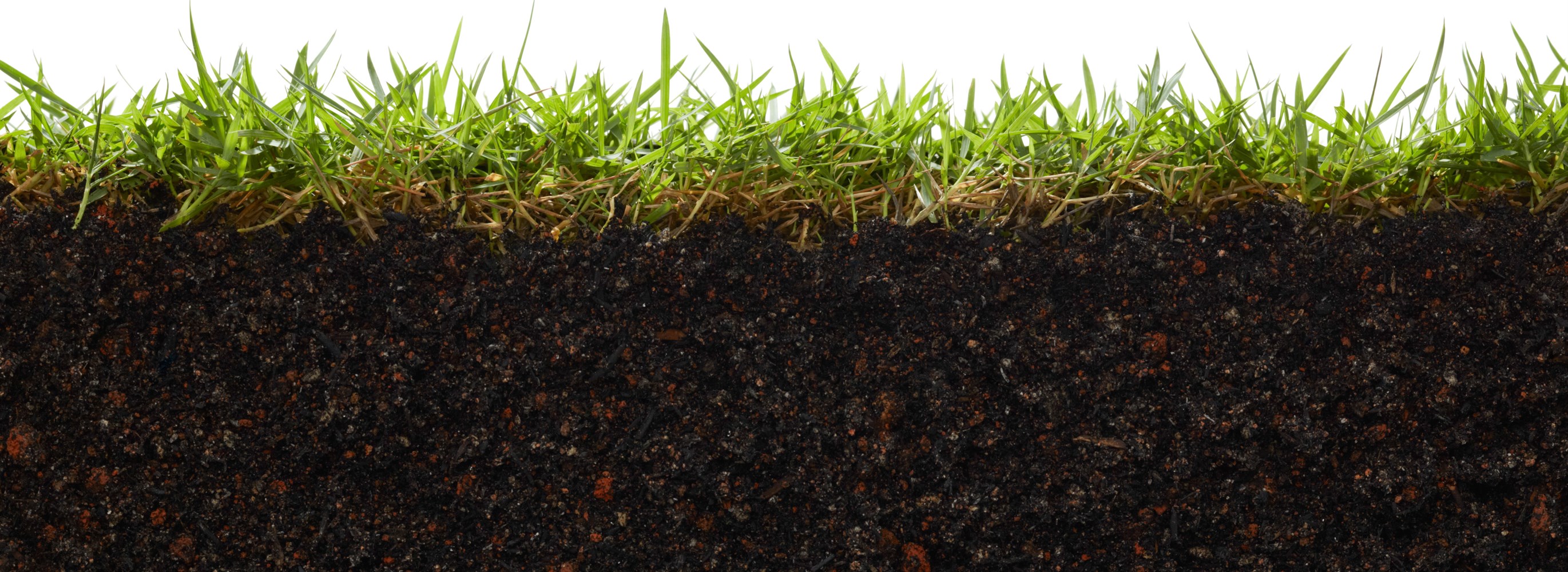By Hanna Whalen
You have probably already heard about and seen  today’s Invasive species: garlic mustard. This plant, native to Europe, has been in the United States for over 150 years. This plant requires partial shade so it is an invader of forests and wooded edge lots. Like many invasive species it succeeds by outcompeting native plants and growing in dense monocultures, altering the landscape. Not only does garlic mustard prevent native plants from growing by taking all available light and space, but it is also allelopathic. This means it releases chemical compounds into the soil that prevent the growth of other species nearby.
today’s Invasive species: garlic mustard. This plant, native to Europe, has been in the United States for over 150 years. This plant requires partial shade so it is an invader of forests and wooded edge lots. Like many invasive species it succeeds by outcompeting native plants and growing in dense monocultures, altering the landscape. Not only does garlic mustard prevent native plants from growing by taking all available light and space, but it is also allelopathic. This means it releases chemical compounds into the soil that prevent the growth of other species nearby.
Garlic mustard is a biennial, meaning it takes two years to finish its life cycle and produce seeds. The first year it is a low growing cluster of dark green kidney shaped leaves with round scalloped edged, this is known as a rosette. Then the second year it grows tall with more triangular scalloped leaves towards the top and small four petalled white flowers. In late June the flowers give way to seed pods that drop to the ground and will sprout into new plants the following year. Garlic mustard dominates the forest floor in some places displacing rare ferns and wildflowers, arguably the most delicate and beautiful plants New York State has to offer.
What can be done about this invader threatening native species. Small areas and new invasion sites can be controlled with hand pulling. If the entire patch is pulled out by the roots before it goes to seed, and disposed of in the trash, or made into a salad or pesto, it can be eradicated locally. But pulling must continue for about 5 straight years to deplete seed stores in the soil. Larger areas can be treated chemically, with human health and environmental concerns in mind. But as with all invasive species the easiest solution is to prevent spread to local areas in the first place.
You can stop the spread by always staying on the trail while hiking, to keep secluded areas garlic mustard free. Also clean boots, bikes, and all camping gear in between uses. Wash or brush off with a stiff brush into the garbage or at the site you just finished at, so you don’t carry seeds and other plant parts from one area to another. Look for boot brush stations at entrances to parks and wild lands. There is one at Little York Lake in Cortland County, next to the trail map.
Garlic mustard is a particularly problematic weed, but awareness and prevention measures lessen its impacts. So next time you’re out in nature look at the plants around you and see what’s there, and think about what you can do to keep the ones that contribute to a healthy ecosystem and manage the ones that threaten them.

